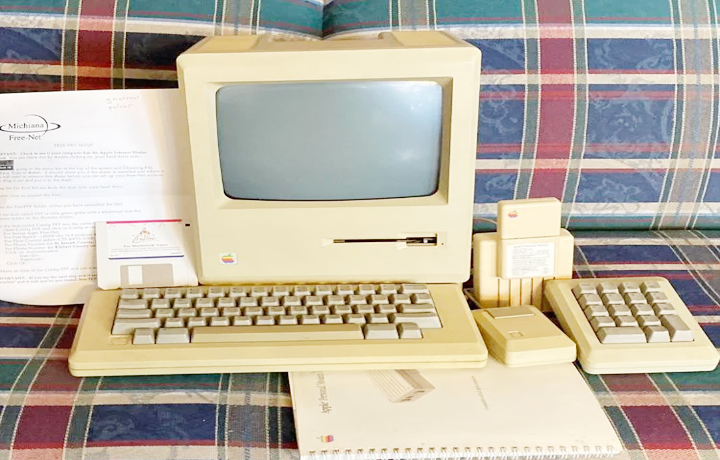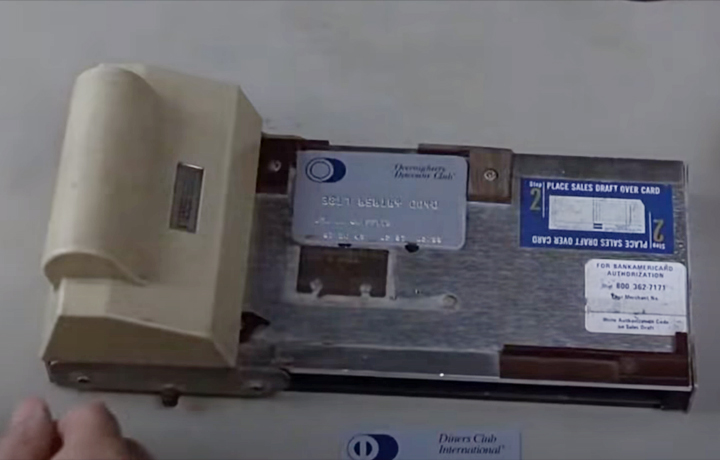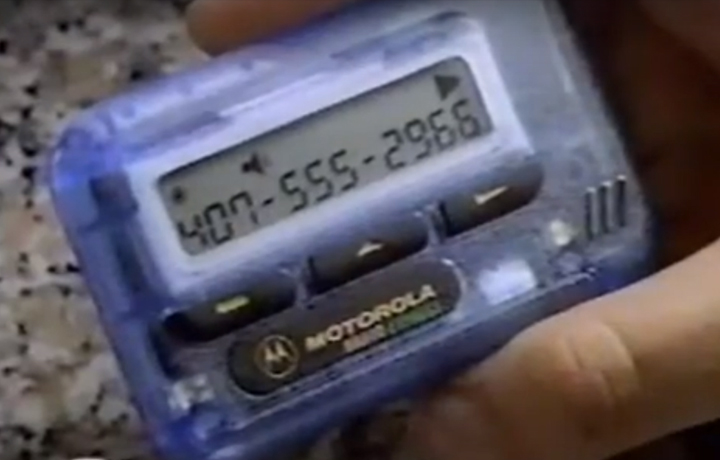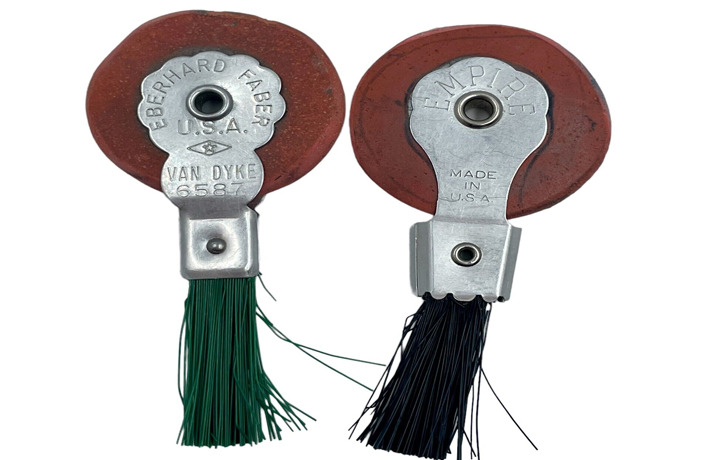Top 10 Old Technologies Today’s Kids Don’t Recognize
Today, we’re embarking on a nostalgic journey through time, as we delve into a fascinating realm of forgotten relics and technological marvels that once graced the lives of previous generations.
In this countdown, we will unveil the top 10 old technologies that are likely to leave today’s kids scratching their heads in puzzlement and curiosity. From the distant days of the 19th and 20th centuries, we will unearth a treasure trove of inventions and innovations that were once at the forefront of human progress but have now become artifacts of a bygone era.
In a world where cutting-edge advancements have become the norm, it’s easy to forget the humble beginnings of our digital age. As we journey through time, we will encounter antiquated technologies that were once hailed as groundbreaking but have now been surpassed by sleeker, faster, and more efficient alternatives. These devices, once the epitome of modernity, now seem archaic and unfamiliar to the younger generation who have grown up in a world where technology evolves at a breathtaking pace.
Our adventure begins with the haunting echoes of dial-up internet. For those who were born in the era of broadband and Wi-Fi, the screeching sound of a dial-up modem connecting to the World Wide Web may seem like an otherworldly symphony. Yet, just a few decades ago, this cacophony was the soundtrack to our online experiences. Slowly but surely, it paved the way for the lightning-fast connectivity we enjoy today.
- RECOMMENDED PRODUCTS FROM US:
- Universal Wireless Charger Qi-Certified 10W Fast Wireless Charging Pad,
- Braided Lightning to USB A Cable, MFi Certified iPhone Charger
As we venture further into the annals of technological history, we will encounter the humble typewriter—a device that revolutionized written communication and transformed the world of publishing. In an era before word processors and digital keyboards, the clattering sound of typewriter keys striking paper was the melody of productivity. Each letter pressed was a testament to human ingenuity, setting the stage for the written word to be shared with unprecedented speed and accuracy.
Moving forward, we will uncover a myriad of other captivating relics, such as cathode-ray tube televisions, vinyl records, rotary telephones, and film cameras. These once-celebrated inventions were the embodiment of innovation in their time. Yet, as society advanced and technology pushed the boundaries of possibility, they were gradually relegated to the dusty corners of our collective memory.
While it may be easy to dismiss these aging technologies as mere artifacts, they hold immense value as reminders of the remarkable progress we have made. They symbolize the relentless pursuit of human creativity, the unyielding desire to improve our lives, and the boundless capacity of the human mind to envision a better future.
So, join us on this captivating voyage down memory lane as we shine a light on the top 10 old technologies that kids today may find perplexing. Together, let us rediscover the wonders of the past, marvel at the ingenuity of our predecessors, and reflect on the ever-evolving nature of the technological landscape.
#10 Dial-up Internet:

Ah, the days of dial-up internet! Kids today won’t understand the frustration of waiting for web pages to load or the fact that using the phone meant disconnecting from the internet. Back in the day, dial-up connections were the norm, and the process involved the distinctive sound of a modem connecting to the internet. The internet speeds were snail-like compared to today’s high-speed connections. Buffering on Netflix? It could be so much worse.
#9 Credit Card Imprinter:

Before the convenience of swiping or tapping cards for payment, credit card transactions involved an imprinter. Retailers would take your card and place it over a metal plate that had the name of the company imprinted on it.
A piece of carbon paper would be added on top, and then they would swipe the machine back and forth to create an imprint of the card numbers along with vendor information. The buyer would keep a copy, and the shop owner would send one to the credit card company for payment. It was a manual process compared to today’s instant online transactions.
#8 Milk Door:

Once upon a time, men had to go to the store to buy milk. But then came the milkman and the milk chute. Many homes were outfitted with what they called a milk chute, a small space within the walls surrounded by an inner and outer door.
Old milk bottles would be placed from inside for the milkman to pick them up and replace them with new ones. It was a convenient service that eliminated the need for frequent trips to the store for milk. The days of milk delivery may be gone, but those mysterious little doors are still found in older homes, leaving people wondering what they were used for.
#7 Photo Film:

In the era before digital cameras and instant gratification, photographs were captured on film. Film photography had been the standard for over a century. Cameras exposed the film to a small snippet of light, imprinting the photo onto the film itself. Then, through a chemical process, the film was developed into regular photographs.
Youth today are so used to snapping photos with their phones that they have no idea there was a time when you had to wait several weeks before seeing how the pictures turned out. Developing film was a delicate process that required skill and patience.
#6 Tube Testers:

Before the invention of the transistor, vacuum tubes were the fundamental elements in all modern communication devices. Vacuum tubes were used in countless electronic devices and even powered the world’s first computers. These tubes were produced in a wide variety of sizes and types.
Due to their prevalence, tube testers were built to determine the status and efficiency of a vacuum tube. People could come into stores or even grocery stores and test their tubes directly on these machines. However, as transistors eventually replaced vacuum tubes in modern electronics, tube testers faded into obscurity.
#5 Pagers:

Before cell phones became the norm, pagers were a highly popular means to contact someone who wasn’t at home. Pagers, also known as beepers, were typically very small and clipped onto one’s belt. They had a single-line LCD display, and when you received a page, it would display the phone number or a short message.
Pagers worked on a simple principle: someone would dial the pager’s phone number, and the pager would beep or vibrate, notifying the owner that they had a message. Pagers were widely used by doctors and emergency personnel, but with the rise of cell phones and text messaging, pagers have become virtually obsolete.
- RECOMMENDED PRODUCTS FROM US:
- Universal Wireless Charger Qi-Certified 10W Fast Wireless Charging Pad,
- Braided Lightning to USB A Cable, MFi Certified iPhone Charger
#4 Typewriter Eraser:

Long before the advent of word processors and the convenience of digital text editing, typewriters were the primary tool for producing written documents. However, a single misplaced keystroke meant starting over or using a typewriter eraser. Typewriter erasers were specifically designed to erase ink from typewriter paper.
They had a brush on one end for sweeping away eraser shavings and a slightly abrasive eraser on the other end to remove the ink. It required skill and precision to correct mistakes on a typewriter, and the process was far from seamless. Today’s digital word processors and their instant correction capabilities have made typewriter erasers a thing of the past.
- See also:
- Garmin Epix Pro Review
- Garmin Fenix 7 Pro Review
- WatchOS 10 to Feature Revamped Apps
- Google Pixel 7A Review – A Mid-Range Phone with Impressive Camera!
#3 Library Card Catalogs:

Before the convenience of digital searches and online databases, libraries relied on card catalogs to help people find books. Each book had an associated card in the catalog, typically arranged alphabetically according to the author’s last name.
These cards contained information such as the title, author, publication year, and a unique call number that corresponded to the book’s location on the library shelves. To find a book, one had to search the catalog, note down the call number, and then navigate the library using the Dewey Decimal System or other classification systems.
Card catalogs were a staple in libraries worldwide and required a certain level of research skills to utilize effectively. Today, digital catalogs have made the search for books more accessible and efficient.
#2 Record Adapters:

While vinyl records are experiencing a resurgence in popularity, many kids today have never encountered the smaller 7-inch records. These records had a larger hole in the center, requiring an adapter to play them on standard record players.
The adapter, also known as a record spindle adapter or record insert, was a small plastic or metal piece that fit onto the turntable’s spindle. It allowed the 7-inch records, which had a larger center hole, to align properly with the turntable’s rotation.
Without an adapter, the needle would skip across the surface of the record, causing distortion and potential damage. While vinyl records are still cherished by audiophiles, the need for record adapters has become less prevalent with the popularity of larger 12-inch records.
#1 MS-DOS:

- RECOMMENDED PRODUCTS FROM US:
- Universal Wireless Charger Qi-Certified 10W Fast Wireless Charging Pad,
- Braided Lightning to USB A Cable, MFi Certified iPhone Charger
Before the widespread adoption of graphical user interfaces, such as Microsoft Windows, the computing world was dominated by an operating system called MS-DOS (Microsoft Disk Operating System).
Developed by Microsoft, MS-DOS was the precursor to the modern operating systems we use today. It was a text-based interface that required users to type commands to execute various functions. MS-DOS played a pivotal role in the early days of personal computing, powering computers such as the IBM PC.
It offered a command-line environment where users had to navigate through directories, run programs, and manage files by entering specific commands. Although MS-DOS has largely been replaced by more user-friendly operating systems, remnants of its influence can still be seen in command prompt modes available on modern Windows PCs.
As technology continues to evolve at an exponential rate, these old technologies are fading into obscurity. Kids today may never encounter dial-up internet, typewriters, or library card catalogs. Nevertheless, it’s essential to remember and appreciate the technological advancements that have shaped the world we live in today.
The rapid pace of innovation ensures that new technologies will continue to emerge, replacing the old and reshaping the way we interact with the world around us. So, as we bid farewell to these outdated technologies, let’s embrace the marvels of the present and keep an eye on what the future has in store for us.





